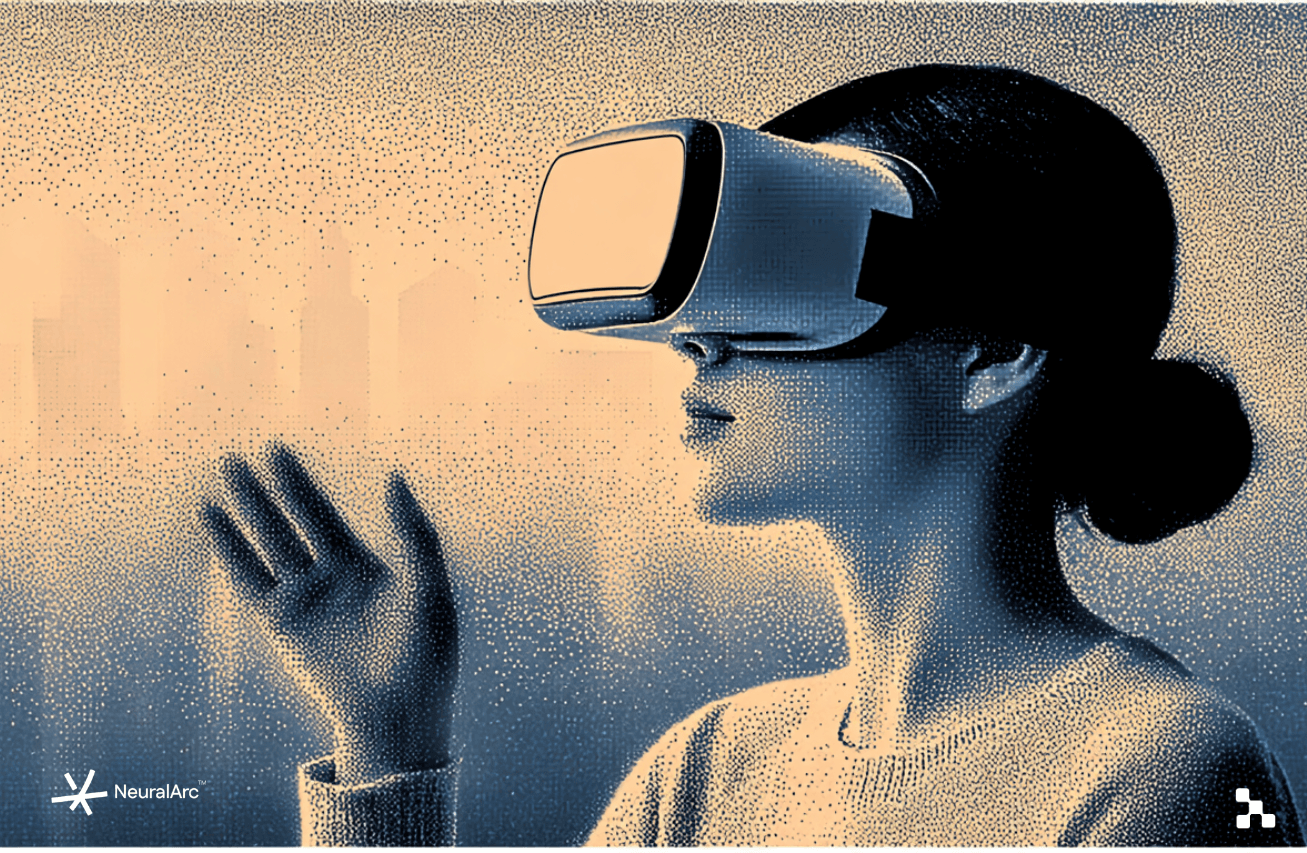The marketing landscape is constantly evolving, and today's consumers demand more than just advertisements – they crave experiences. Augmented Reality (AR) and Virtual Reality (VR) are at the forefront of this shift, offering marketers unprecedented opportunities to create immersive and engaging brand interactions. Welcome to Immersive Marketing 2.0, where imagination meets intelligence to unlock real business value.
The Rise of Immersive Experiences
For years, AR and VR were viewed as niche technologies with limited practical applications. However, advancements in hardware and software, coupled with increased consumer adoption of smartphones and headsets, have propelled these technologies into the mainstream. Today, brands are using AR and VR to create a wide range of immersive experiences, from virtual try-on apps for clothing and cosmetics to interactive product demonstrations that bring products to life. These experiences offer a level of engagement that traditional marketing channels simply can't match.
One of the key benefits of immersive marketing is its ability to capture and hold audience attention. In a world saturated with information, it's becoming increasingly difficult to break through the noise. AR and VR offer a unique and compelling way to cut through the clutter and create memorable brand experiences that resonate with consumers. This heightened engagement translates into increased brand awareness, improved customer loyalty, and ultimately, higher conversion rates.
Furthermore, immersive experiences provide valuable data and insights into customer behavior. By tracking how users interact with AR and VR applications, brands can gain a deeper understanding of their preferences, needs, and pain points. This information can be used to personalize marketing messages, optimize product offerings, and improve the overall customer experience.
Examples of Successful AR/VR Marketing Campaigns
- IKEA Place: Allows customers to virtually place IKEA furniture in their homes using AR, helping them visualize how the furniture will look before making a purchase.
- Sephora Virtual Artist: Enables customers to virtually try on makeup products using AR, providing a personalized and convenient shopping experience.
- Volvo XC60 Test Drive: Offers a VR test drive experience, allowing potential customers to explore the features of the car from the comfort of their homes.
Blending Intelligence and Imagination
The real power of immersive marketing lies in its ability to blend imagination with intelligence. By combining AR and VR with other cutting-edge technologies, such as Artificial Intelligence (AI) and Machine Learning (ML), marketers can create truly personalized and dynamic experiences that adapt to individual customer preferences in real-time. This level of personalization is crucial for driving engagement and conversions in today's highly competitive market.
For example, AI can be used to analyze customer data and personalize AR and VR experiences based on their past interactions, browsing history, and demographic information. This allows brands to deliver highly relevant and targeted content that resonates with each individual customer, increasing the likelihood of a purchase. Furthermore, AI can be used to optimize the user experience in real-time, adjusting the content and presentation based on user feedback and behavior.
AI-driven personalization is a game-changer for immersive marketing, allowing brands to create truly unique and memorable experiences that leave a lasting impression on consumers. The possibilities are virtually limitless.
Key Considerations for Implementing AR/VR Marketing
- Define clear goals and objectives: What do you want to achieve with your AR/VR campaign? Increase brand awareness, drive sales, or improve customer engagement?
- Identify your target audience: Who are you trying to reach with your campaign? What are their interests and preferences?
- Choose the right platform and technology: Which AR/VR platform is best suited for your needs? Consider factors such as cost, accessibility, and technical capabilities.
- Create compelling and engaging content: The success of your campaign hinges on the quality of your content. Make sure it's relevant, informative, and entertaining.
- Measure and analyze results: Track key metrics such as engagement, conversion rates, and return on investment to optimize your campaign over time.
Unlocking Business Value
The business value of AR and VR experiences extends far beyond simple marketing campaigns. These technologies can be used to improve customer service, enhance employee training, and even streamline product development processes. By embracing immersive technologies, brands can unlock significant cost savings, improve efficiency, and gain a competitive edge in the market.
For example, AR can be used to provide remote assistance to customers, allowing them to troubleshoot technical issues without the need for an on-site visit. This can significantly reduce customer service costs and improve customer satisfaction. VR can be used to create realistic training simulations for employees, allowing them to practice complex tasks in a safe and controlled environment. This can improve employee skills, reduce training costs, and minimize the risk of accidents.
AR and VR are no longer futuristic fantasies – they are powerful tools that can help businesses connect with customers in new and meaningful ways. By embracing immersive marketing, brands can create unforgettable experiences that drive engagement, boost conversions, and unlock significant business value. The future of marketing is immersive, and the time to embrace it is now.
